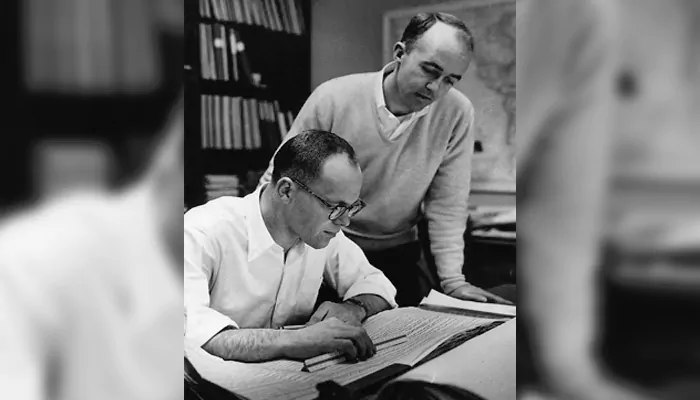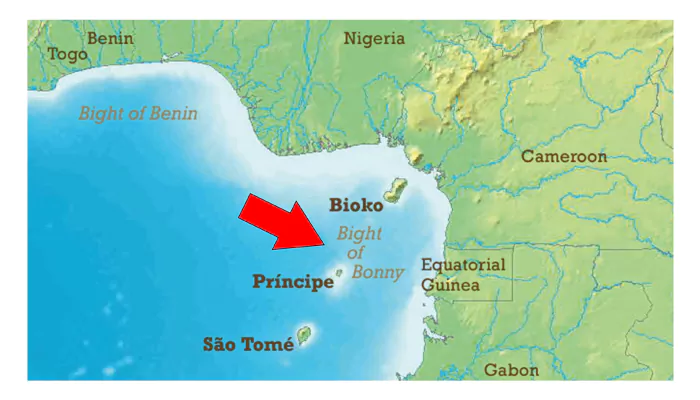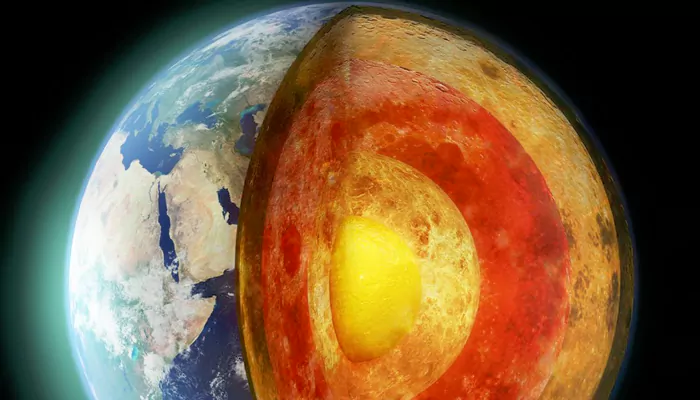
Even after 60 years, not much is known about earth’s heartbeat
Over centuries, scientists have worked hard to understand the secrets of our home planet, earth. However, there’s still so much more to learn. For example, the earth’s heartbeat.

Geologist Jack Oliver discovered the earth’s heartbeat in the 1960s. It beats every 26 seconds, and according to Oliver, its source of origin was the southern or equatorial Atlantic Ocean.
Unfortunately, Oliver could not study further about the heartbeats due to a lack of equipment.

A decade later, seismologist Mike Ritzwoller of the University of Colorado noticed the pulsating inside the earth. Another seismologist, Garrett Eule, also worked to zero in on the source.

As per Eule, the pulsating happens in a part of the Gulf of Guinea called the Bight of Bonny. Eule also claimed that the beats are microseisms caused by the difference in pressure in the ocean waves and water. Furthermore, when waves hit the continental shelf, they cause seismic pulses.

However, a scientist from Wuhan named Yingjie Xia has a different claim. According to him, it is not waves but a volcano on São Tomé Island in the Bight of Bonny.

Unfortunately, scientists aren’t too keen to solve this mystery. Many believe it is more important to understand the earth’s structure beneath the continents, among other things.